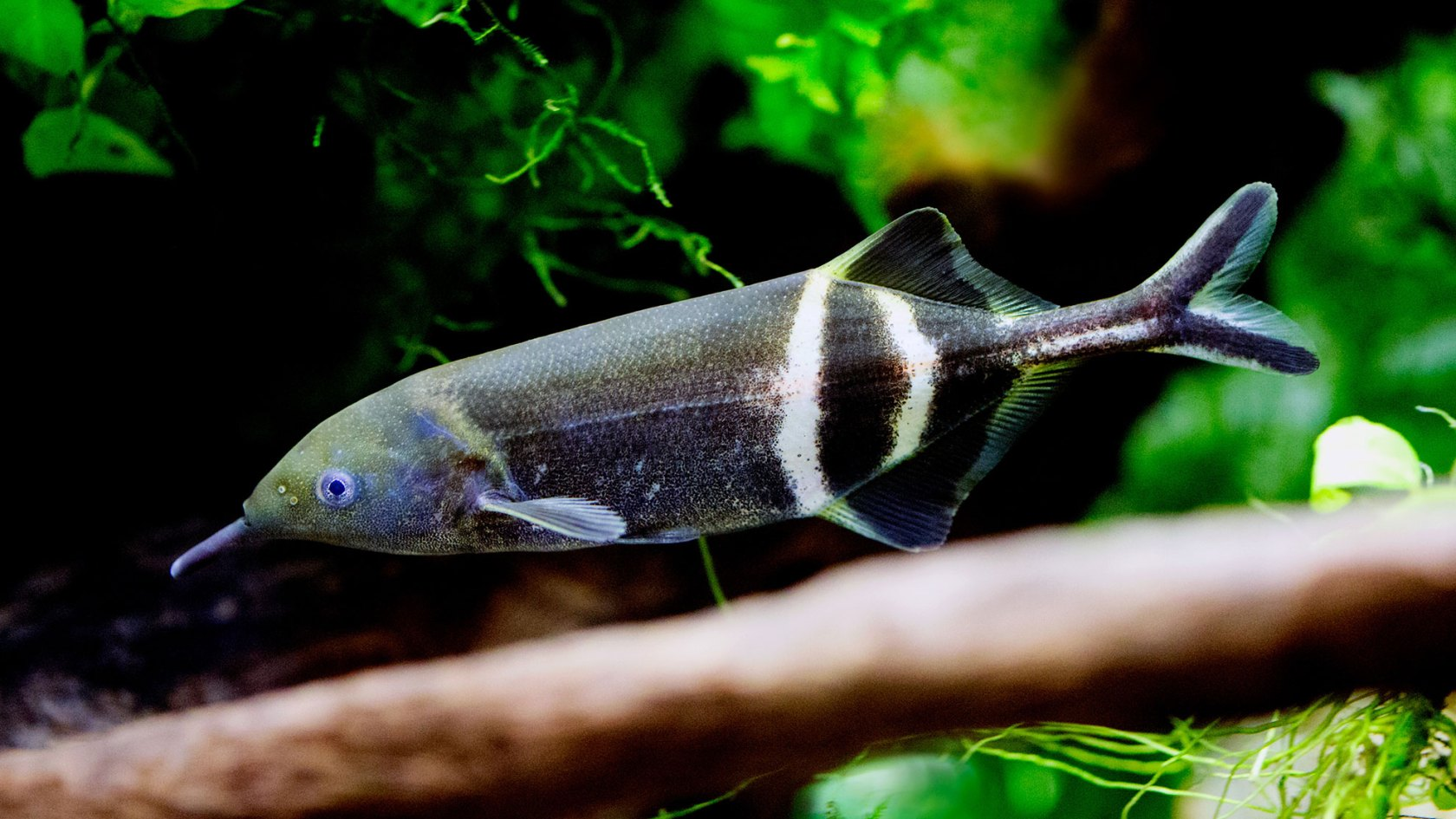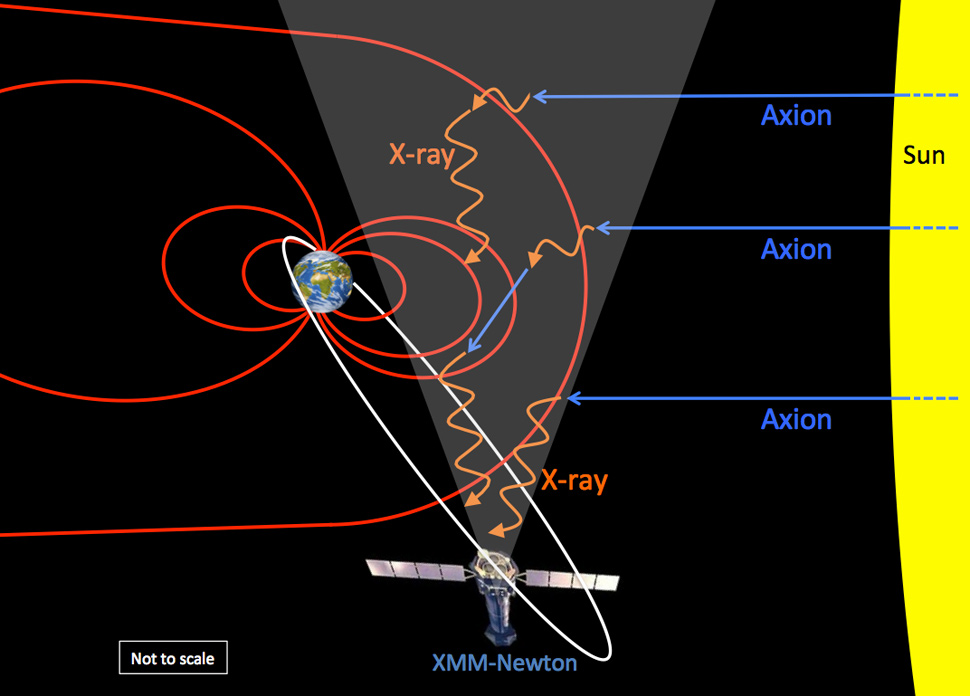
Electric Fish NeuroAI: Insights for Artificial Intelligence
Electric fish neuroAI is a groundbreaking field poised to revolutionize our understanding of both natural and artificial intelligence. Researchers are now turning their attention to unique species like the elephantnose fish, which utilize electric fields to navigate and communicate within their environments. By studying their neurobiological processes, scientists hope to unveil broader insights into collective intelligence—the phenomenon that emerges from the interactions of multiple agents, whether they be animals, humans, or AI systems. The complexities of emergent behavior observed in groups of these weakly electric fish can shed light not only on the dynamics of animal societies but also on how AI systems can learn and cooperate. As we delve deeper into the world of electric fish neuroAI, we stand on the brink of new advancements in technology and a deeper understanding of social dynamics in both nature and machines.
The exploration of electric fish neuroAI invites a fascinating intersection between biology and technology, opening doors to innovative artificial intelligence systems. Often labeled as agents of collective intelligence, weakly electric fish such as the elephantnose fish exhibit extraordinary capabilities in communication and social interaction through electric pulses. This emergent behavior in their communities presents opportunities for modeling AI interactions on a broader scale. By examining these unique species, researchers aim to decode how simple interactions can lead to complex societal structures, potentially mirroring human behaviors. Such interdisciplinary research could pave the way for more adaptable and intelligent AI systems, mimicking the cooperative strategies observed in nature.
Understanding Electric Fish Communication: A Window into NeuroAI
Electric fish possess the remarkable ability to communicate and perceive their environment through electrical signals, a phenomenon that has captivated researchers and offers valuable insights into NeuroAI. The study of their unique communication methods, particularly those of the elephantnose fish, is crucial as it can inform our understanding of artificial intelligence systems. By analyzing the electric organ discharges (EODs) emitted by these fish, scientists like Kanaka Rajan uncover how these organisms coordinate and interact with one another, shedding light on the biological principles that may underpin emergent behavior in complex AI systems.
This focus on electric fish communication not only enhances our knowledge of neurobiology but also serves as a bridge to developing advanced AI technologies. Just as these fish employ electrical pulses to relay information, machine learning algorithms endeavor to recognize patterns and establish dynamic interactions. By drawing parallels between the systematic communication of elephantnose fish and AI systems, researchers can explore how principles of collective intelligence can be integrated into AI models, ultimately leading to more sophisticated and autonomous machines.
Collective Intelligence: Lessons from Elephantnose Fish
The concept of collective intelligence illuminated by elephantnose fish transcends mere observation; it explores the interactions and cooperative dynamics of groups. Rajan’s work reveals how these fish leverage their electric pulses to share information about food sources, effectively optimizing energy expenditure within a group. This phenomenon exemplifies how groups can exhibit behaviors that exceed the sum of their individual parts—a vital concept to harness in AI systems. Understanding these cooperative behaviors in a natural context may guide the design of AI that mimics these complex social dynamics, thereby enhancing their functionality in real-world applications.
Elephantnose fish demonstrate how even simple organisms can engage in intricate social interactions, which fosters a deeper understanding of emergent behavior in networks of intelligent agents. When researchers model the behavior of these fish through simulations, artificial agents can be programmed to replicate such cooperative phenomena. This capability not only aids in studying the underlying mechanisms of collective intelligence but also suggests strategies for developing AI that can thrive within collaborative frameworks. Through these insights, the path becomes clearer for creating AI systems that can dynamically adapt and respond to complex social environments.
Emergent Behavior in Nature and `AI Systems: Bridging Two Worlds
Emergent behavior, observed in both animal groups and artificial systems, highlights the unpredictable outcomes that arise from simple rules governing interactions. The study of electric fish serves as a compelling illustration of how individual actions contribute to collective results, creating intricate patterns of behavior that researchers strive to replicate in AI systems. When modeled effectively, these natural strategies could revolutionize how AI agents operate in collaboration, allowing them to solve problems or complete tasks in a more intuitive manner.
As scientists delve deeper into the complexities of how elephantnose fish interact, they uncover principles that could guide the architectural design of future AI systems. The nature of emergent behavior can inspire new algorithms that enable AI to learn from collective interactions rather than rely solely on programmed instructions. This paradigm shift could lead to more resilient AI systems capable of functioning in diverse environments while exhibiting behaviors analogous to those observed in nature, thus blurring the lines between biological intelligence and machine learning.
The Role of Neurobiology in Shaping AI Technologies
Neurobiology provides essential insights into the mechanisms that could improve AI technologies. The neural underpinnings observed in species like the elephantnose fish suggest that biological processes, such as information processing and environmental adaptation, offer a template for AI development. By studying the neurobiology of such species, researchers can glean how collective intelligence arises and how these principles can be integrated into AI frameworks, fostering systems that learn and evolve in parallel with their biological counterparts.
Furthermore, as the understanding of neurobiology deepens, there is potential for a reciprocal relationship between biological sciences and technological advancement. AI systems designed using insights from neurobiology can offer new approaches to studying the brain, thereby enhancing our comprehension of intelligence in both natural and artificial agents. This synergy will likely propel research forward, leading to innovations that benefit both fields, ultimately enriching our understanding of cognitive processes.
Artificial Agents as Analogues for Electric Fish
In developing artificial agents that emulate the behavior of electric fish, researchers have made significant strides in understanding collective intelligence mechanisms. These artificial agents can mimic the communication and interaction protocols of their biological counterparts, providing a controlled environment for experimentation. By adjusting various parameters and systematically exploring the consequences of these changes, scientists glean insights into how cooperation and competition evolve within such systems, facilitating a deeper understanding of emergent behavior.
The application of these artificial models extends beyond theoretical exploration; they offer practical implications in the design of multi-agent AI systems where cooperation is essential. Similar to how elephantnose fish thrive through collaborative food foraging, these AI agents can be engineered to work together efficiently in real-world scenarios. By leveraging the principles learned from studying weakly electric fish, researchers are building the foundation for AI that can adapt and thrive in complex environments, showcasing the value of nature-inspired innovations in the tech landscape.
From Biology to AI: Translating Electric Fish Insights
Translating insights from electric fish research into AI technology represents a critical advancement in the understanding of collective intelligence. The methodologies employed by researchers like Rajan, who investigate the social dynamics of these fish, highlight the importance of communication protocols in shaping group behavior. By adopting these biological strategies, AI could be designed to emulate successful social interactions observed in nature, leading to systems that exhibit enhanced problem-solving capabilities as a collective unit.
Moreover, as the study of electric fish continues to evolve, the potential for interdisciplinary collaboration emerges. Insights gained from neurobiology can not only refine the algorithms powering AI systems but can also inspire entirely new approaches to the design of intelligent agents. Investigating how these fish adapt to their environments using electrocommunication paves the way for innovations in AI that prioritize adaptability and efficiency, creating systems capable of competing and cooperating in diverse contexts.
Practical Applications of Collective Intelligence in AI
The practical applications of collective intelligence principles informed by electric fish research are vast and varied. Industries such as logistics, where coordinated efforts yield substantial savings and efficiency, stand to benefit immensely from AI systems that leverage teamwork-inspired strategies. By harnessing the lessons learned from elephantnose fish and their innate social behaviors, AI models can be developed to enhance collaborative problem-solving abilities in complex real-world situations.
In addition to logistics, areas such as advanced robotics could see significant improvements by applying these collective frameworks. Robots designed to mimic the cooperative foraging behaviors of electric fish may effectively navigate and interact within environments, from urban spaces to search and rescue missions. By investing in research that fuses elements of neurobiology and AI, the potential to unlock profound advancements in technology expands, emphasizing the necessity of interdisciplinary approaches in addressing modern challenges.
The Future of AI: Inspired by Nature’s Collective Systems
Looking forward, the future of AI hints at a promising convergence between biological insights and technological innovation. As researchers continue to trace the intricate web of interactions observed in species like the elephantnose fish, the potential for creating AI systems that function with a high degree of autonomy and coordination emerges. Such systems could revolutionize industries by modeling their designs on the successful strategies found in collective intelligence within nature.
This evolutionary perspective reinforces the notion that as we enhance AI capabilities, our understanding of natural systems must concurrently expand. The interplay between observation and application fosters a cycle of learning, where insights gleaned from electric fish not only advance AI technology but also enrich our comprehension of the complexities of life itself. Engaging with nature through the lens of science holds the key to pioneering frontiers in both AI development and our understanding of intelligence.
Frequently Asked Questions
How do electric fish contribute to the study of collective intelligence in NeuroAI?
Electric fish, particularly the elephantnose fish, offer unique insights into collective intelligence by showcasing how social dynamics emerge from interactions among individual entities. Their ability to communicate through electric pulses facilitates the exploration of how multi-agent intelligence behaves, providing a model to understand complex social interactions applicable in NeuroAI.
What role does the elephantnose fish play in the development of new AI systems?
The elephantnose fish serves as a biological model for studying emergent behaviors crucial for AI systems. By mimicking their collective communication methods, researchers can develop algorithms that enhance cooperation and competition among artificial agents, improving the architecture of NeuroAI.
How do the behaviors of electric fish influence AI research in neurobiology?
The behaviors exhibited by electric fish, such as coordinated communication and collective foraging, inform AI research in neurobiology. These behaviors highlight mechanisms of emergent intelligence, guiding the creation of AI systems that leverage similar principles of interaction and adaptability.
What can studying electric fish reveal about emergent behavior in AI systems?
Studying electric fish like the elephantnose fish reveals that emergent behavior arises not just from individual actions but from the interactions among a group. This understanding is critical for modeling how AI systems can communicate and collaborate effectively, leading to enhanced collective problem-solving capabilities.
How do electric fish use electric pulses for communication in the context of NeuroAI?
Electric fish utilize electric pulses to communicate vital information such as foraging success or mating readiness, offering a fascinating model for NeuroAI. This communication method exemplifies a simple yet effective form of collective intelligence, essential for developing AI systems that mimic natural interactions.
What insights from the study of electric fish might inform the future of AI systems?
Insights from electric fish studies suggest that principles of collective intelligence, rooted in social dynamics and communication, can significantly enhance AI systems. Understanding how these fish cooperate and compete in their environments can guide the design of advanced, adaptable AI models that function similarly.
| Key Points |
|---|
| Electric fish, particularly the elephantnose fish, are studied for their unique electric field communication and behaviors. |
| Their communication involves electric organ discharges (EODs), which govern all aspects of their lives. |
| Research aims to understand collective intelligence from the interactions of various agents, including humans and AI. |
| Modeling these behaviors assists in developing new AI systems based on observed emergent properties. |
| The study indicates that environmental factors, like food availability, influence cooperation and competition dynamics. |
| Insights from electric fish may contribute to designing cooperative AI systems that can effectively solve complex problems. |
Summary
Electric fish neuroAI is a fascinating area of research that explores how the behaviors of these unique species can inform the development of artificial intelligence systems. By studying the electric organ discharges of the elephantnose fish and their social interactions, researchers are unraveling principles of collective intelligence that could enhance AI communication and problem-solving capabilities. This intersection of biology and technology not only broadens our understanding of natural systems but also potential applications in creating more adaptive and cooperative AI models.



